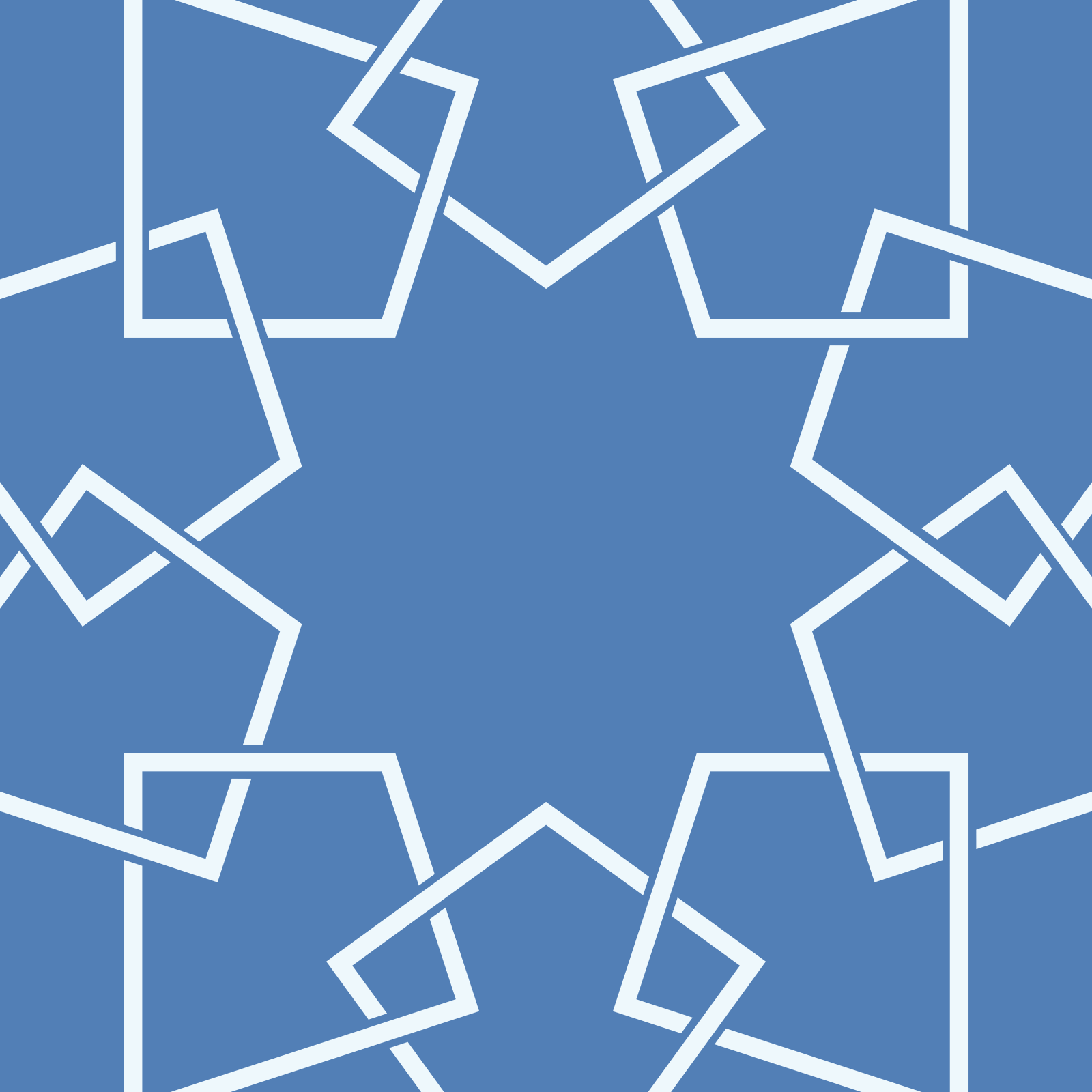First Islamic tour of Tate Britain raises questions about gallery and museum narratives
Last month, one of the world’s most famous art galleries hosted an Islamic tour for the first time ever.
Tate Britain, in the City of Westminster in London, hosted the “Islamic Tours of the Collection”, with AbdulMaalik Tailor, the founder of Muslim History Tours, serving as tour guide. The collection raised questions about how gallery and museum items are interpreted, with Tailor highlighting the need to revisit some of the established narratives of classic works of art.

Tailor used the example of a 18th-century Johan Zoffany work, Colonel Mourdant’s Cock Match, which depicts a scene in the British Indian court of the Nawab of Oudh. He explained that, until very recently, the text on the artwork’s placard still described Indians as morally inferior: “It used to read, ‘This picture shows a sporting event at the court of the Nawab (Governor) of Oudh in Northern India. In Britain, cockfighting was seen as cruel, but in colonial India the normal rules of morality did not apply’.”

Tailor then revealed that the wording was only changed after a visitor criticised it on social media in May this year. “It is really important to reinterpret art and artefacts that were initially framed in the late 19th century, because back then museums and galleries were undeniably part of a colonial movement.”
“Even interpretations made later in the 1960s, for example, need to be looked at because those doing the interpretation will have still been affected by the legacy of things like colonialism,” said Fuchsia Hart, Cataloguer for the Victoria and Albert’s Middle East Department. “In fact, it is important to constantly reinterpret items as research, attitudes and our own understanding changes.”
Hart’s sentiments were echoed by Hassan Vawda, one of the chairs of the Black, Asian and Minority Ethnic (BAME) network at the Tate: “This shows that even today, we need to look carefully at the wording of interpretations of art and artefacts in our cultural institutes and make sure that they are in line with how we see the world now.”
“Here at the Tate, we are working hard to bring in perspectives like that of AbdulMaalik Tailor and hope this will continue to bring in historically underrepresented or marginalised perspectives within art”.

Tate Britain is trying to address these issues. Signs in the gallery now ask visitors to contact a dedicated email account, texts@tate.org.uk, if they come across text that “overlooks or misrepresents an important perspective” or language that “should improve or change”.

The Islamic Tour also noted that Muslim perspectives can enhance existing commentary. Discussing Arthur Hacker’s The Annunciation (1892), which depicts the angel Gabriel telling Mary she is pregnant, Tailor said that the painting harboured a deeper “secret”: “Still faintly visible to the left of Mary is the figure of a woman in a headscarf or, as I like to think, a hijab,” he said.


This discovery was first made by restorers using infra-red photography. “At the moment, the commentary says the original composition ‘featured a woman wearing a headscarf seated’,” Tailor continued. “I made the point that to me as a Muslim, she looks like a hijabi in a seated position performing salah (prayer). I told the Tate [that] given Hacker’s travels through North African Muslim countries, this is very possible. They agreed and have said the commentary on the painting in the archives will reflect this new perspective.”

Hart, whose own research focuses on art inside ancient Muslim shrines, believes that it is very important to have Muslim voices interpret Islamic art and artefacts: “Every interpretation is valid, but with an Islamic collection, it is even more important we hear Muslim interpretations. With a lack of such voices in the cultural industries, this could be through something as simple as audience feedback that is passed on to curators.”
She added, “Works of art that are traditionally thought of as ‘Western’ but feature something Islamic might be viewed by Muslims as part of their heritage as well, and therefore it is important that they are given opportunities to interact with these.”
For Vawda, that was the point of the Islamic Tours of the Collection, which was part of the Equal Parts event, a celebration of Muslim culture that also saw a local imam recite the Quran and lead prayers on the gallery’s grounds.

“There is a huge lack of Muslim and BAME voices in our cultural industries. Many people from such backgrounds just don’t feel like they belong in institutes like the Tate Britain, and that is such a shame, as their perspectives and voices are so important today,” he said.
The event’s importance was also highlighted by the gallery’s Library and Archive Coordinator, Derek Rice. “Given the current climate and intolerance, it is even more important that people from diverse backgrounds are brought into these very British institutes so that they too feel like they belong here,” he said.
Tharik Hussain is a freelance travel writer, journalist and award-winning broadcaster who specialises in Muslim heritage and Muslim travel. Tharik also writes for travel giant Lonely Planet and is the project manager of a heritage project at the Shah Jahan Mosque in Woking, England.
© MySalaam.com 2018 All rights reserved

Tharik Hussain